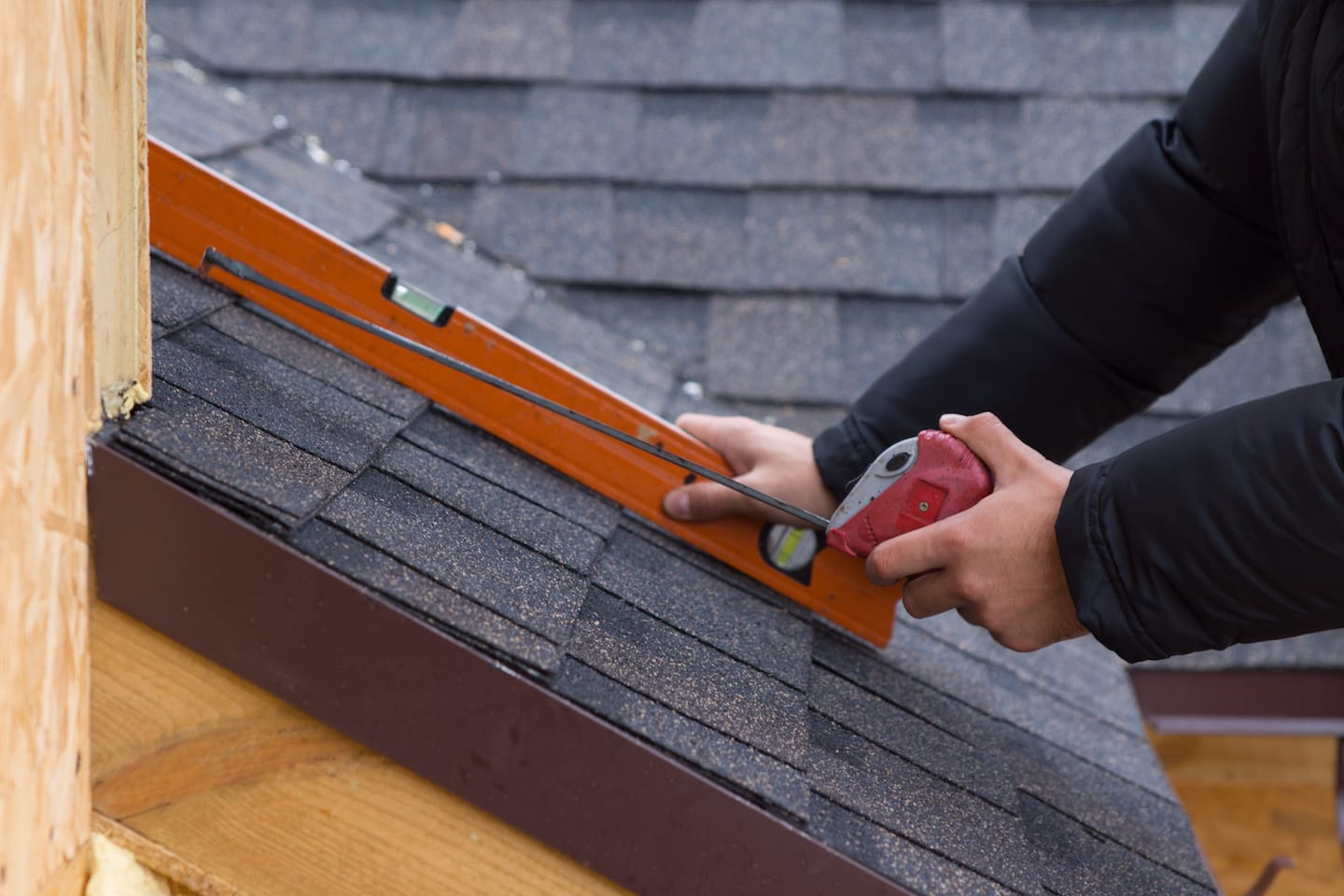The roof is one of the most essential parts of a building, as it is one of the main elements in the structure that protects it from the outside elements. The pitch of the roof is one of the most important aspects in determining its quality and efficiency.
Sometimes, the slope of the roofs is a simple aesthetic issue. Nothing could be further from the truth. Instead, it is an architectural and structural issue that goes further and allows the building to have quality roofs. To talk about quality roofs, we must consider their inclination, the permeability of the material with which they are made, and the uniformity of their surface.
Why should we consider all these factors when evaluating roofs?
The slope is important because it determines the fastest and most effective natural drainage of rainwater. A roof with a good slope will protect the building from rain, snow, and ice and prevent these atmospheric elements from accumulating on the top of the roof.
The size of the drainage area must always be taken into account. It has been established that for roofs with limited space and in tropical climates, where rainwater has to be channeled so that it can be drained, 300 cm2 of effective drainage area must be provided for every 100 m2 of surface area to be drained (i.e., without taking into account the metal gratings that are often used).
Permeability is another critical factor since, in the case of rainwater stagnation, the roof surface must not allow leaks due to the structure’s porosity. Concerning concrete or mortar roofs, the water-to-cement ratio must be considered so that the porosity is as low as possible. The lower the porosity, the higher the impermeability of the surface.
The uniformity of the roof is vital because deformations can interrupt the rainwater drainage process, leading to acute stagnation and possible leaks. Your roofing contractor must evaluate and correct these possible deformations before waterproofing with asphalt membranes.
What pitch should a roof have?
The slope of a roof is measured in percentage or degrees. If a roof has a slope of less than 5%, it is considered flat. However, all roofing specialists recommend a minimum slope of 5% to facilitate the removal of water and snow from the roof.
Otherwise, water accumulates and can leak, stagnate, and generate bacteria, all of which means an increase in the maintenance costs of the structure. For this reason, the pitch of a roof usually has a maximum pitch and a minimum pitch.
Minimum pitch
Although we consider a flat roof to be one with a slope of less than 5%, the slope of a flat roof must have a minimum slope of 1% when considering the application of smooth-type waterproofing without any surface finish and 2% when using waterproofing with a granular or aluminum finish. However, the minimum recommended slope for an asphalt tile roof is 10% to fulfill its aesthetic function. For slopes between 10% and 25%, it is recommended to install a smooth asphalt underlay to prevent infiltration of exhaled water.
Maximum slope
The maximum slope of a sloped or pitched roof must be 45%. From this value, any structural element is considered a facade. However, as with the minimum slope, a recommended slope is specified depending on the roofing material. The best waterproofing for roofs with these slopes is asphalt shingles or granulated coverings, which not only provide protection but are also decorative elements due to their texture and colors.
At EDIL, we always recommend consulting roofing professionals in your area to determine the materials to be used in each construction, the design of your roof, and the waterproofing solutions that best suit your needs.


